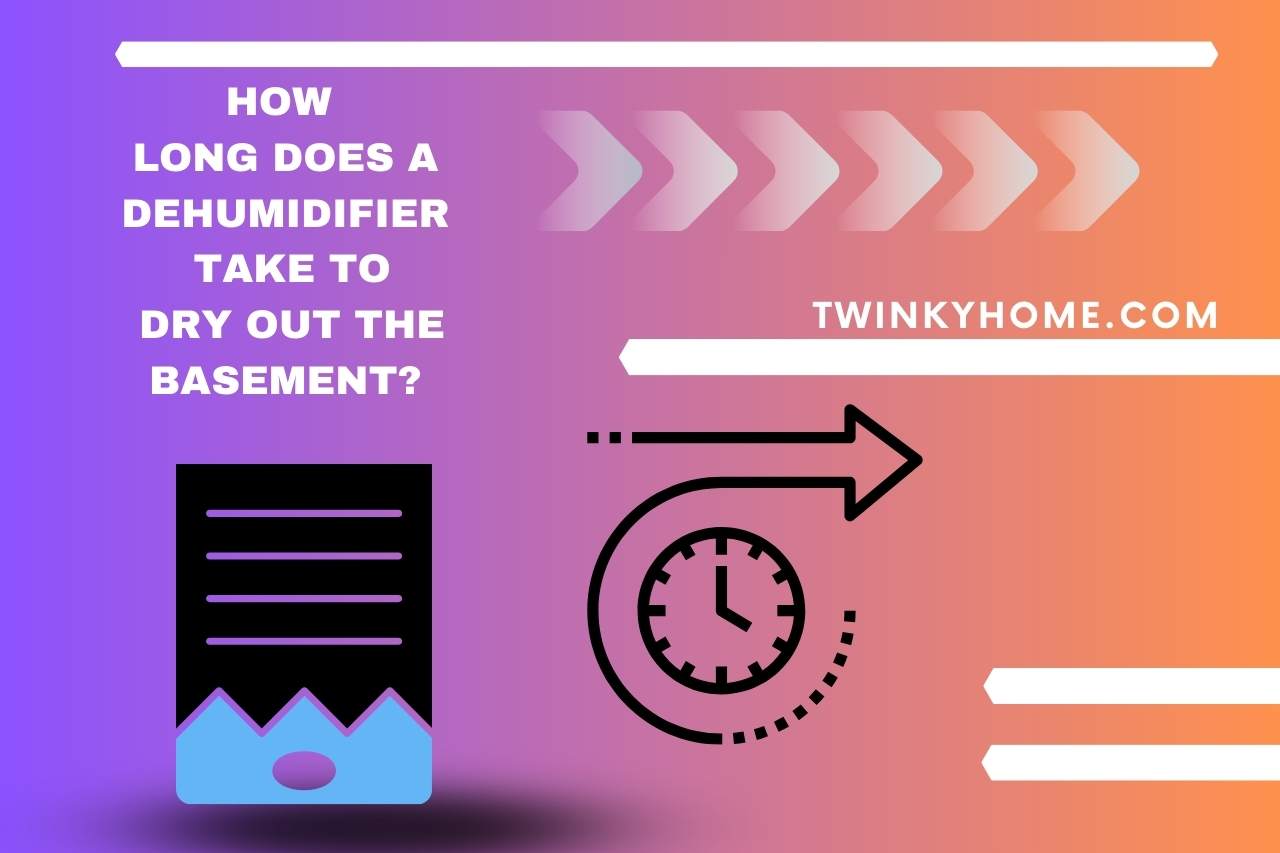You made your purchase, and your dehumidifier is now at your home! But where is the best place to put a dehumidifier in the basement? Now you might have this problem, so let us help you. In fact, correct positioning is a key factor in getting the most out of your dehumidifier. We will reveal to you what aspects to consider when placing a dehumidifier in this blog post so you can make the perfect decision!
What Should you Consider When Placing a Dehumidifier in the Basement?
Placing a dehumidifier in your basement requires careful consideration to ensure optimal performance. So, pay your attention to the list below.
- Humidity Levels: Identify areas in the basement with high humidity. You should place the dehumidifier where it can effectively extract moisture from the air.
- Size of the Basement: Next, consider the size of your basement. If it’s a large space, you may need a dehumidifier with a higher capacity or strategically place multiple units to cover the entire area.
- Air Circulation: Ensure proper air circulation by placing the dehumidifier in an open area. You should avoid corners or enclosed spaces, as this can hinder the unit’s efficiency.
- Near Water Sources: Position the dehumidifier near water sources like sump pumps, water heaters, or areas prone to leaks. This helps address moisture at its source.
- Avoid Obstructions: Keep the dehumidifier away from walls, furniture, or other obstacles because it needs adequate airflow to operate more efficiently.
- Temperature Considerations: Dehumidifiers work best in moderate temperatures. Therefore, ensure the basement temperature is within the specified range for the dehumidifier to operate effectively.
- Drainage Options: If the dehumidifier has a drainage hose for continuous drainage, place it near a floor drain or ensure the hose can reach a suitable drainage point. Alternatively, you can position it near the unit’s collection bucket for easy emptying.
- Regular Monitoring: Regularly monitor the humidity levels in different areas of the basement. Adjust the dehumidifier settings or relocate it if needed based on changing humidity patterns.
- Noise Level: Consider the noise level of the dehumidifier. If you plan to spend time in the basement, position it away from living or recreation areas.
Where is the Best Place to Put a Dehumidifier in the Basement?
The best place to put a dehumidifier in the basement is typically in a central location that addresses the overall moisture conditions.
Then, it will effectively reach and treat a larger portion of the space. This helps maintain a more consistent humidity level throughout the basement.
If there are moisture sources, place the dehumidifier near them, such as water heaters, sump pumps, or areas prone to leaks. This strategic placement targets the root cause of moisture issues.
Besides, make sure to supply proper airflow around the dehumidifier by keeping it away from walls and large furniture. Adequate air circulation allows the unit to extract moisture more efficiently.
You should not place the dehumidifier in corners or tight spaces where airflow may be restricted. Optimal performance is achieved when the unit has sufficient room for air exchange.
Remember to monitor humidity levels in different areas of the basement after you place it centrally. If it cannot dehumidify the entire room, adjust the dehumidifier’s placement.
How Long does a Dehumidifier Take to Dry Out the Basement?
In general, a dehumidifier can take 1 to 3 days to dry out a basement completely. If there is excessive moisture, especially after a flood, the dehumidifier will need around seven days to dry out the area.
Let’s discuss what factors affect the duration that the dehumidifier takes for the drying process.
- Initial Conditions: If the basement is extremely damp or flooded, it will take longer for the dehumidifier to bring the humidity levels down to an acceptable range. Initial drying may require more time.
- Dehumidifier Capacity: The capacity of the dehumidifier, measured in pints of water removed per day, is the second most important thing. A higher-capacity dehumidifier can extract more moisture in a shorter time and vice versa.
- Basement Size: Larger basements will naturally require more time for the dehumidifier to circulate air and address moisture throughout the entire space.
- Humidity Levels: The starting humidity level in the basement influences the drying time. If the humidity is exceptionally high, the dehumidifier will need more time to bring it down to the desired range.
- Ventilation and Insulation: The basement’s ventilation and insulation affect how moisture enters and exits the space. Well-ventilated basements may dry out faster.
- Consistency in Usage: Continuous usage of the dehumidifier is essential for consistent drying. On the other hand, running the dehumidifier only intermittently may prolong the drying process.
Regularly monitor the humidity levels using a hygrometer and adjust the dehumidifier settings or placement as needed. Once you reach and maintain the recommended humidity range of 30-50%, the basement might have been adequately dried out.
You May Also Like
- How to Drain a Basement Dehumidifier? Step-by-Step Guide
- How Long for Dehumidifier to Dry Basement? Unveiling the Drying Magic!
- How to Clean Basement Dehumidifier? Crystal Clear Air!
- How to Keep the Basement Dry Without a Dehumidifier? (Tips & Tricks)
- Does Dehumidifier in Basement Help Upstairs? The Ripple Effect!
- Whole House Dehumidifier vs Basement Dehumidifier – Choosing Wisely!
- How to Choose the Right Dehumidifier for the Basement? Basement Bliss!
- Why does My Basement Dehumidifier Ice Up? Decoding Dehumidifier Woes!
- Can you Run Two Dehumidifiers in the Basement? (Ins and Outs)








![OGX Biotin And Collagen Shampoo Review [Updated One] Ogx Biotin And Collagen Shampoo Review](https://twinkyhome.com/wp-content/uploads/2022/03/Are-chicken-Super-Noodles-vegetarian-1-100x70.jpg)